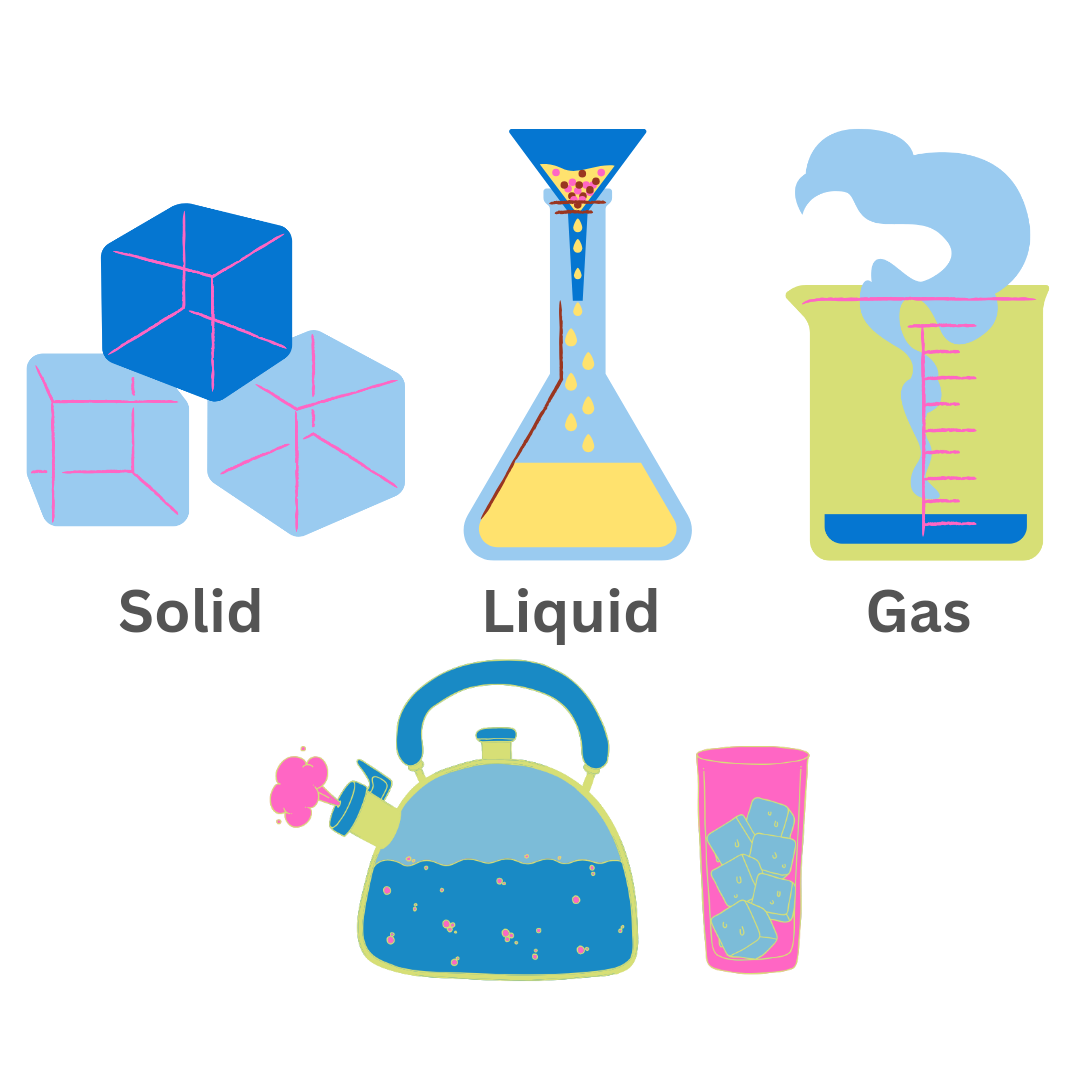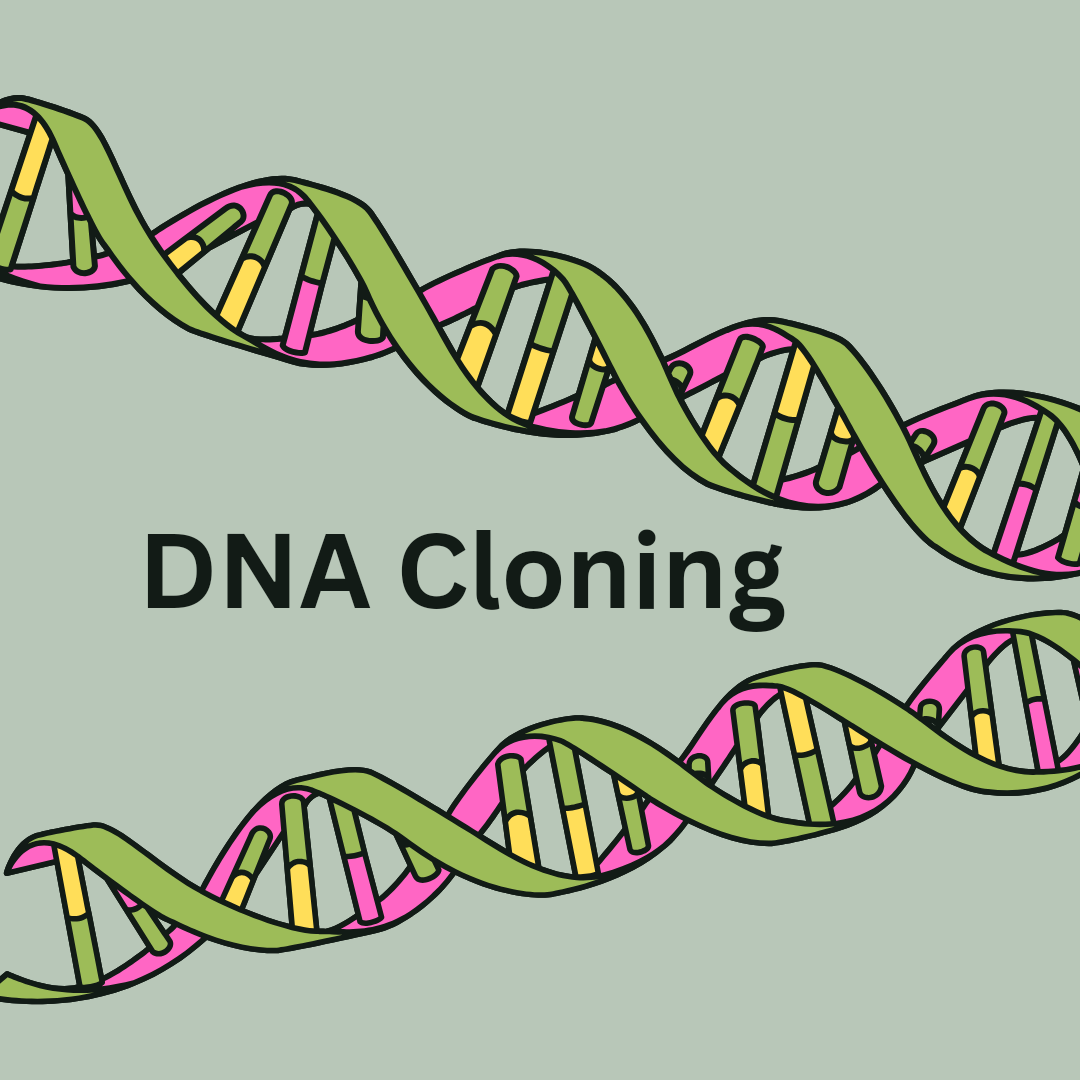Non-chordates, often known as invertebrates, are a large and diverse group of animals with no backbone. They include a diverse range of species, from simple organisms like sponges to more complex ones such as insects and mollusks. This article delves into the origin and classification of non-chordates, highlighting their distinguishing features and providing examples to aid comprehension.
Introduction
Non-chordates lack a notochord, which is a flexible rod that supports the body in all embryonic and adult chordate animals. These organisms are extremely diverse, comprising around 95% of all animal species. They live in almost every ecosystem on Earth, from the deep ocean to the highest mountains. Understanding non-chordates is critical for grasping life’s complexity and the evolutionary processes that have shaped the animal kingdom.

Origin of Non-Chordates
The origin of non-chordates dates back to the Precambrian era, over 600 million years ago. The earliest non-chordates were simple, soft-bodied organisms that lived in the ancient seas. Fossil evidence, such as that from the Ediacaran period, provides a glimpse into these early life forms.
The Cambrian explosion, approximately 541 million years ago, marked a significant diversification of life. During this period, many major groups of non-chordates appeared, including arthropods, mollusks, and echinoderms. The development of hard body parts, such as shells and exoskeletons, contributed to the fossilization of these organisms, allowing scientists to study their evolution in detail.
Classification of Non-Chordates
Non-chordates are classified into several phyla based on their body structure, developmental patterns, and genetic relationships. Here, we will explore the major phyla of non-chordates, highlighting their key features and examples.
1. Phylum Porifera (Sponges)
Features:
- Simplest multicellular animals.
- Lack true tissues and organs.
- body has pores (ostia) for water circulation.
- Sessile (immobile) and mostly marine.
Examples:
- Spongilla (Freshwater sponge)
- Euspongia (Commercial sponge)
Sponges filter water to obtain food and oxygen, playing a crucial role in aquatic ecosystems.
2. Phylum Cnidaria (Coelenterates)
Features:
- Radially symmetrical body.
- Possess specialized cells called cnidocytes for defense and prey capture.
- There are two body forms: polyp (sessile) and medusa (free-swimming).
Examples:
- Hydra (Freshwater polyp)
- Jellyfish (Medusa form)
Cnidarians exhibit simple tissue organization but have a complex life cycle involving both asexual and sexual reproduction.
3. Phylum Platyhelminthes (Flatworms)
Features:
- Bilaterally symmetrical and flattened body.
- Lack specialized respiratory and circulatory systems.
- Possess a simple digestive system with a single opening.
Examples:
- Planaria (Free-living flatworm)
- Tapeworm (Parasitic flatworm)
Flatworms include free-living and parasitic species, with the latter causing significant diseases in humans and animals.
4. Phylum Nematoda (Roundworms)
Features:
- Bilaterally symmetrical and cylindrical body.
- Complete digestive system with a separate mouth and anus.
- Pseudocoelomates (false body cavity).
Examples:
- Ascaris (Human roundworm)
- Caenorhabditis elegans (Model organism in scientific research)
Nematodes are found in various habitats, including soil, water, and as parasites in plants and animals.
5. Phylum Annelida (Segmented Worms)
Features:
- Bilaterally symmetrical and segmented body.
- True coelom (body cavity lined with mesoderm).
- Well-developed digestive, circulatory, and nervous systems.
Examples:
- Earthworm (Soil-dwelling annelid)
- Leech (Parasitic annelid)
Annelids play a vital role in soil aeration and nutrient cycling, making them essential for ecosystem health.
6. Phylum Arthropoda
Features:
- Bilaterally symmetrical body divided into segments.
- The exoskeleton is made of chitin.
- Joined appendages and well-developed sensory organs.
Examples:
- Insects (Beetles, butterflies)
- Arachnids (Spiders, scorpions)
- Crustaceans (Crabs, lobsters)
Arthropods are the most diverse group of animals, with millions of species adapted to various environments.
7. Phylum Mollusca
Features:
- Soft-bodied, often protected by a hard shell.
- The body is divided into the head, visceral mass, and foot.
- mantle secretes the shell.
Examples:
- Snails (Gastropods)
- Clams (Bivalves)
- Octopuses (Cephalopods)
Mollusks are economically important as food sources and for their shells, which are used in jewelry and decoration.
8. Phylum Echinodermata
Features:
- Radially symmetrical adults (larvae are bilaterally symmetrical).
- The endoskeleton is made of calcareous plates.
- Water vascular system for locomotion and feeding.
Examples:
- Starfish (Asteroidea)
- Sea urchins (Echinoidea)
Echinoderms play crucial roles in marine ecosystems, particularly in maintaining the balance of coral reefs.
Importance of Non-Chordates
Non-chordates are essential for maintaining ecological balance and have significant economic value. They contribute to various ecosystem services, including pollination, soil formation, and nutrient cycling. Many non-chordates are also used in scientific research due to their unique biological features.
Conclusion
The world of non-chordates is highly wide and amazing. Despite the lack of a backbone, these animals have a diverse set of adaptations that allow them to live in nearly every habitat on Earth. Understanding their genesis and classification reveals important information about the evolutionary history of life and the complex web of relationships that sustains our planet’s biodiversity.
Scientists can gain new perspectives on the complexity of life by studying non-chordates, as well as identify possible uses in medicine, agriculture, and business. The continued study of non-chordates reveals the marvels of the natural world as well as the extraordinary ways in which life evolved and adapted.
https://www.instagram.com/sciencestoryteller0?igsh=bTN4dzNuM2NtNWNx
https://www.sciencestoryteller.com/2024/06/23/evolution-of-species-and-speciation/
https://www.sciencestoryteller.com/2024/06/25/ecosystems-and-their-components-natures-complex-web/






